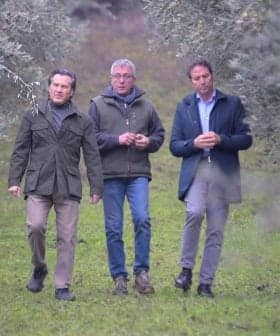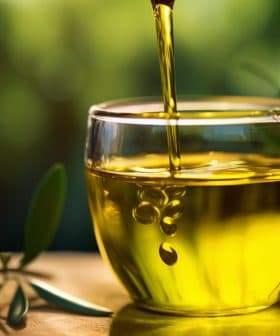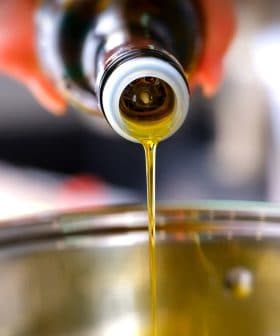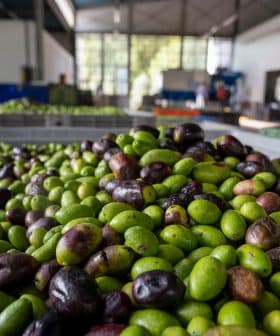Olive Council Sets Out to Study Global Consumption Trends
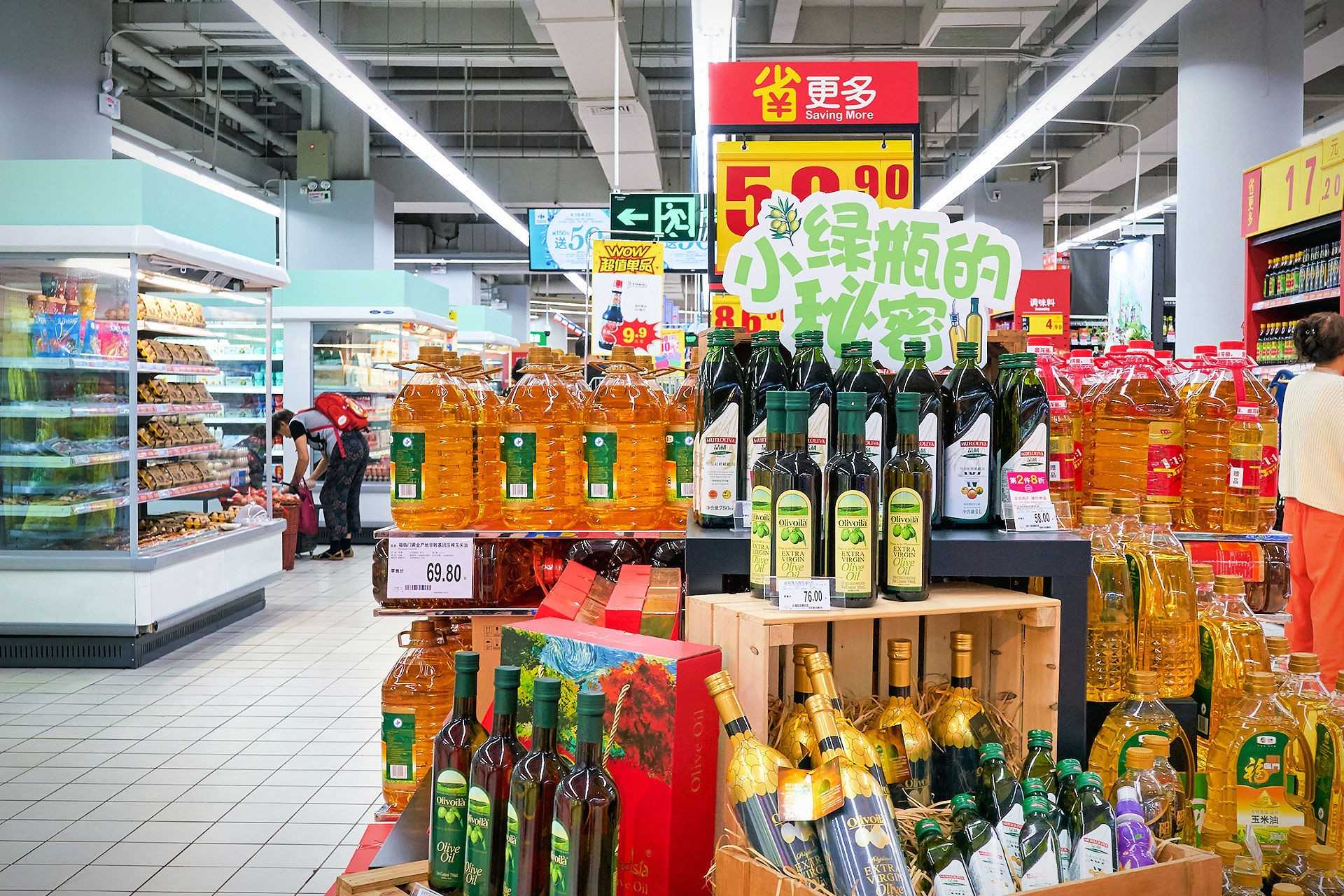
Global olive oil consumption has nearly doubled over the past three decades, but this growth has not been uniform across different regions, with the European Union seeing a significant decline in consumption. The International Olive Council has announced a research project to gather specific information on olive oil consumption trends, involving public and private entities as well as consumers, but the project has been delayed due to the Covid-19 pandemic.
Over the past three decades global olive oil consumption has nearly doubled, rising from 1.7 million tons in the 1990/91 crop year to 3.2 million tons in 2019/20, according to data from the International Olive Council (IOC).
However, this growth has not been uniform and olive oil popularity has ebbed and flowed in different parts of the world, which makes painting a picture of consumption trends and the overall global olive oil market more challenging.
To that end, the IOC announced a research project that will gather specific and locally available information, involving public and private entities as well as consumers.
“The study will consist of a review of all the information published to date on oil and fat consumption at both the national and international levels and the analysis of secondary information from public and private sources,” the IOC wrote. “It will also be based on a representative survey carried out by means of a structured questionnaire addressed to consumers in the countries concerned.”
See Also:Olive Oil Consumption Set to Outpace Production For a ChangeLooking at the numbers recorded in the last few decades, the IOC highlights how its non-member countries have seen a steady increase in olive oil consumption, growing from 14 to 30 percent of total global consumption.
The most prominent examples of this growth are the United States and Brazil. Between 1990/91 and 2019/20, olive oil consumption in the U.S. grew from approximately 88,000 tons to 400,000 tons. Over the same period, consumption in Brazil rose from 18,500 tons to 104,000 tons.
Meanwhile in China, for which the IOC only began collecting data in 2008, olive oil consumption also has grown dramatically, rising from 12,000 tons to 57,500 tons by 2019/20.
On the other hand, consumption within the European Union, where roughly 70 percent of the world’s olive oil is produced, has significantly shrunk.
While the E.U. accounted for 70 percent of worldwide consumption in 2004/05, that figure has fallen to 50 percent in 2019/20.
“When consumption started to fall in the E.U., it increased in the rest of the world,” the IOC wrote. “For this reason, the study on consumer behavior was considered necessary to analyze the variables involved in consumption and understand what caused its decline in some countries.”
Due to current Covid-19 emergency measures interfering with normal operations and activities in most countries involved, the IOC has explained that the research project will officially be started “as soon as possible, after the pandemic.”



